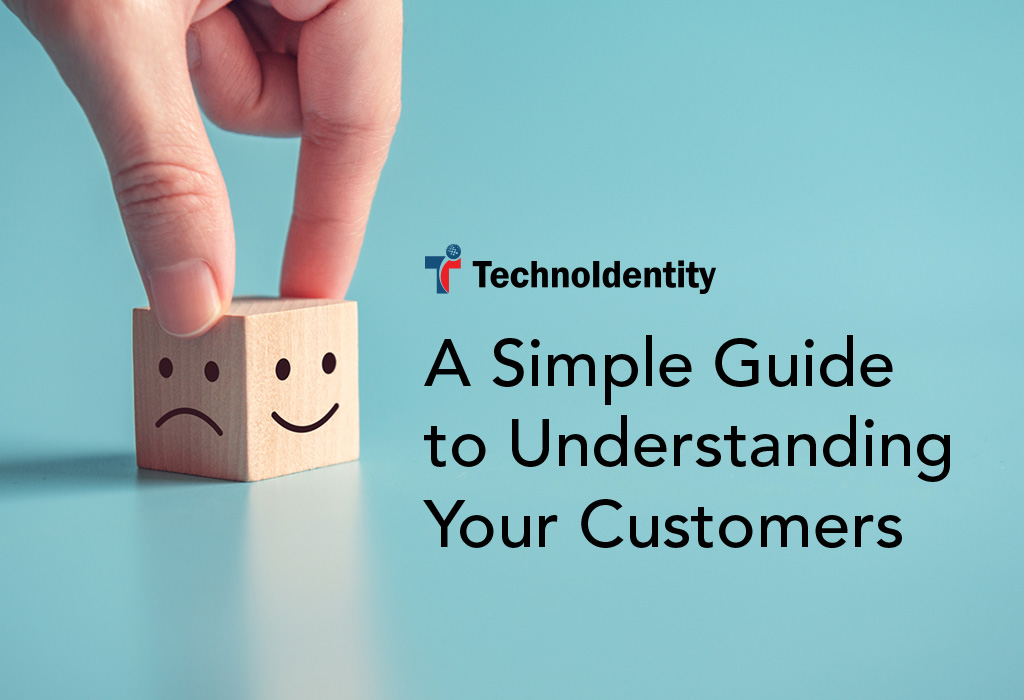
A Simple Guide to Understanding Your Customers
Knowing your customers is an integral part of creating a successful customer program. If you want your customers to have a good experience, you need to be aware of their needs and work around them. Everyone understands the need to know their customers, but the difference arises in how well you need to know them precisely. The product team needs to be careful to tick all the boxes in this regard. Each principle is essential to the success of the customer experience.
Why is understanding your customer important?
Who exactly is your customer, and what is their value to you over time? A company may identify and recognize a customer’s wants and needs but fails to communicate them across different groups internally. If at any point, the company fails to locate or communicate the problems faced by the customer, then it would compromise the customer experience. Failure at satisfying or delighting the customer means that you will lose the opportunities to increase customer value.
Only 41% of marketing executives are using customer data. Most companies face the inability to maintain their customer base after acquiring them. In the process of finding new customers, they often forget about their existing ones. Customers want to feel valued and make sure that they know that you can retain their satisfaction and increase your recommendation. If the customers do not get what they want, they will move on, and you will lose them to competition. The question is whether the resources applied towards customer satisfaction produce results that justify those efforts? The answer is that you need to identify which ones are worth the time and effort.
Principles for Understanding Your Clients
- Don’t rely entirely on dataData and demographics do not fully define your audience. Develop empathy and understanding for your target audience. It aids in better identifying their problems and successfully implementing solutions that satisfy them. Understanding your audience at every step of the process will help you engage better with them.
- Don’t dismiss feedback.You can conduct countless surveys and gather a mountain of feedback. Still, all of that is a waste of time and resources if they are not used and implemented into figuring solutions and addressing the problems faced by the customers. Seek genuine insight and be specific about the questions you ask. Demonstrate that you value their input and have improved. Instead of being overwhelmed by possibilities, focus on one area at a time.
- Be genuineYou may get caught up on the day-to-day aspects of your business but do not forget to follow up. Follow up for their feedback after completing a project or missed leads. Mention details to ensure that you are considering it seriously and not disregarding them. It forms a connection and shows that you care.
- User PersonasUtilize the data you collect and form user personas to understand the different needs of different people who might seek solutions from your company. Who are they? What are their needs? Do they find a solution to their problems? Do the groups have something in common that can improve their experience and interaction?
- Use behavioural dataTracking tools can help you analyze behaviours and patterns. It can help us figure out where to focus or what to improve and find their preferences. And also provide a more user-friendly experience.
- Identify TrendsThe data you collect can also help you identify trends and give insight into the clients’ narrative. Pattern analysis and tracking the decision-making process can assist in predicting future trends. Impress your customers and research competitors’ efforts to show how they differ from your brand.
- Cultivate EngagementCreate authentic calls to action and add character to your content. Highlight your engagement through your content and ensure the writing is not just a filler but has a personality of its own.
- Talk to Customer Service Team Sometimes common issues may get swept under the rug that could provide important insight into your customers’ satisfaction. Talking to the people who work with them directly can better understand and learn more about your clients.
- Listen to Customers on Social MediaUsers like to relay their experiences with brands through social media. It offers a platform where the customers feel heard and seen more than on any other. Use this opportunity to listen to them and communicate with them to connect and engage effectively. Show them you care by listening and replying on all social media platforms.
- Check Through TestingCheck everything through testing and find what works and what does not. AB testing can identify if your content, design, call to action, tone, etc., are effective for conversation and even conversion.
Conclusion
Use these key points to improve user interaction and experience. Many might underestimate or not know the right way to understand their customers. But a few easy steps and proper engagement can put your brand at the top. Efforts towards learning clients and using the knowledge provided by their feedback can make a world of difference to both your customers and your brand.


